The Scourge of Spurge Laurel
Spurge laurel (Daphne laureola) is neither a spurge nor a laurel, but it is an invasive plant in our region. This perennial plant has poisonous berries, spreads aggressively in our native forests, and is increasingly being found in Clackamas County.
Native to Europe, spurge laurel was introduced in Oregon as an evergreen landscape plant. The plant soon fell out of favor due to its aggressive growth. Unfortunately, this invasive weed quickly naturalized and escaped into woodlands around the state. Look for it in home landscapes, natural areas, and forest understories. Spurge laurel is listed as an Oregon Class B noxious weed. This means it is a weed of economic importance that is regionally abundant but may have limited distribution in some Oregon counties. It also means that the propagation, transport, and sale of this plant is prohibited by law.
Spurge laurel is an evergreen, shade-tolerant shrub that typically grows 2-4 feet high. Adult plants can form dense patches up to 6 feet in height at maturity. Young branches are green, while older branches turn grey with age. Mature plants have many shoots, with most, if not all, originating near the base of the plant.

The plant has glossy, narrow, spoon-shaped, dark green leaves that are arranged in a spiral around the stem and are densely clustered near the tops of the shoots. The leaves are between 2-7 inches long and half an inch to 2 inches wide. It has small green to pale pink flowers that develop from the base of the leaves and bloom from late January to May. The flowers develop into dark purple to black berries.
Birds and rodents spread spurge laurel when they consume the berries. The plant reproduces from seed but also spreads locally from underground roots. The random distribution of the berries by these animals makes detection difficult, allowing spurge laurel to spread, undetected, into natural areas.
Why Should I Worry About Spurge Laurel?
Spurge laurel displaces the native vegetation needed by wildlife for food and shelter. It grows in thickets and out-competes native vegetation in the forest understory in the Pacific Northwest. This prevents our natural areas from regenerating which harms the native habitat needed by our local wildlife. Spurge laurel is also noted as a significant threat to oak woodland ecosystems.
Spurge laurel also has a toxic sap that can cause severe rashes and skin irritation in sensitive individuals. It is important to wear protective clothing and gloves when handling this plant. The sap can also disperse into the air, causing breathing and respiratory problems. The bark, leaves, and fruits of the plant are toxic to humans and most pets.

How Do I Control Spurge Laurel?
Small infestations of spurge laurel are best controlled by hand pulling or digging up plants. All parts of the root need to be removed to limit regrowth. Check the area at least once per year to remove any new seedlings that might emerge. Berries should be placed in the trash, but the remainder of the plant may be placed in yard waste bins.
Winter is a good time to remove the plants before the berries can spread. Plus digging plants after it rains makes the job easier. A weed wrench or similar pulling tool will effectively remove larger plants. Check out one of our weed wrenches or similar tools free of charge through our Weed Equipment Lending Library (WELL).
For large plants and dense infestations, plants should be cut at ground level. You can treat the cut stump with a herbicide containing the active ingredient triclopyr to help prevent regrowth. Be sure to read the herbicide label to make sure the product is suitable for the site being treated. Before beginning an herbicide treatment, contact the WeedWise program or consult the Pacific Northwest Weed Management Handbook for the most up-to-date herbicide recommendations.

Report Spurge Laurel
Have you noticed invasive spurge laurel in your area? If so, please contact us to report your sightings to the WeedWise program, or submit your information online to the Oregon Invasive Species hotline.
For more information about Spurge laurel check on these resources:
- WeedWise Spurge Laurel brochure
- Plants Profile for Daphne laureola (Spurge laurel)
- Spurge laurel profile – State of Oregon
- Spurge laurel– Washington State Noxious Weed Control Board
- Spurge laurel identification and control: Daphne laureola – King County
- 4-County CWMA Factsheet: Spurge laurel
- Solve Pest Problems: Spurge laurel













